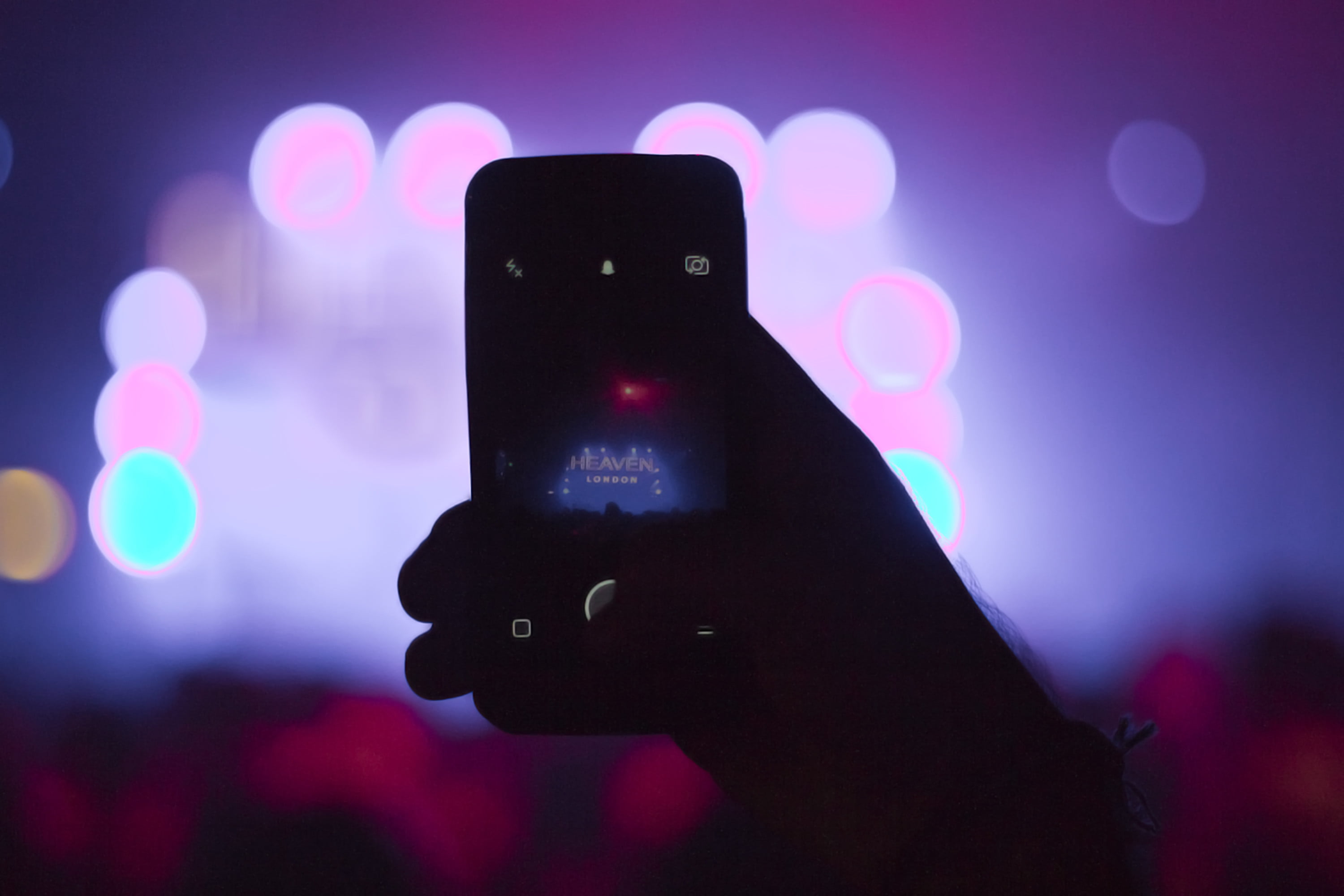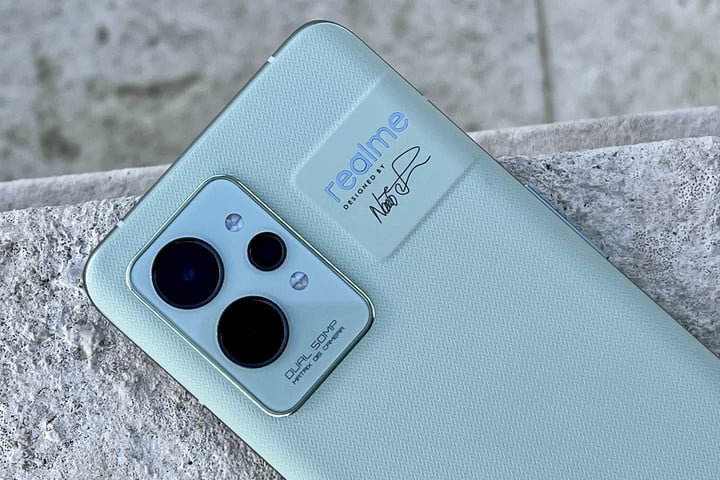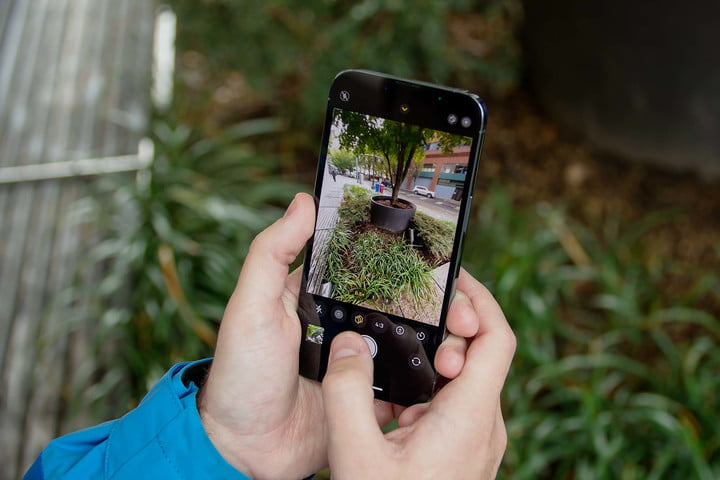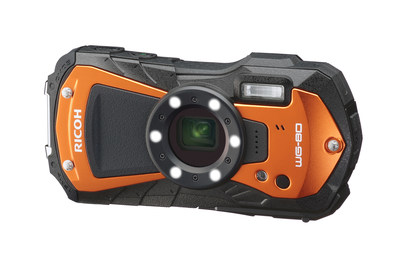New 3D smartphone technology could change photography,
5 min read
Table of Contents
Your following smartphone could have a digital camera that sees in three proportions, opening up a new selection of options for apps ranging from conditioning to images.
Scientists at Stanford College have produced a novel approach that allows normal graphic sensors to see light-weight in 3D. The method would allow cameras to evaluate the distance to objects and make 3-dimensional imaging greatly accessible in smartphones.
“Existing 3D cameras have to have specialised pixels, which are difficult to understand in significant formats and have smaller sized fill components due to the complicated electronics needed to capture 3D in the pixels,” Okan Atalar, a doctoral applicant in electrical engineering at Stanford University and the first creator on a new paper that describes the new program, explained to Digital Traits in an job interview. “Our technique converts conventional and really state-of-the-art 2D sensors into 3D sensors as opposed to making them from the floor up.”
Obtaining a diverse view

Measuring distance among objects with light-weight is now feasible only with specialised and costly lidar — small for “light detection and ranging” – methods. Lidar works by using a laser that shoots at objects and actions the gentle that bounces back again. It can explain to how much away the thing is, how quick it’s traveling, whether it is transferring nearer or farther away and no matter whether the paths of two relocating objects will intersect.
The Stanford researchers’ new strategy could permit megapixel-resolution lidar – a level that’s not attainable right now. Increased resolution would allow lidar to recognize targets at a larger array.
A person way to increase 3D imaging to standard sensors is by including a light-weight supply and a modulator that turns the light-weight on and off tens of millions of moments every next. By measuring the variants in the light-weight, engineers can determine distance. Present modulators call for impractically substantial amounts of electrical power.
The Stanford staff solved the modulator trouble by employing a phenomenon known as acoustic resonance. The researchers created an acoustic modulator employing a wafer of lithium niobate – a transparent crystal that is really attractive for its electrical, auditory, and optical qualities – coated with two clear electrodes.
It could develop into the basis for a new style of compact, small-price, electrical power-efficient lidar … that could come across its way into drones, extraterrestrial rovers, and other programs.
The new modulator’s style and design is simple and integrates into a proposed program that utilizes off-the-shelf cameras, like individuals in day-to-day cell telephones and digital SLRs. Atalar and his advisor Amin Arbabian, an associate professor of electrical engineering and the project’s senior author, said it could turn out to be the basis for a new variety of compact, reduced-expense, power-successful lidar, “standard CMOS lidar” as they call it, that could discover its way into drones, extraterrestrial rovers, and other applications.
“Our technique could also function in the infrared routine,” Atalar stated. “No IR impression sensor can detect depth without demanding considerable modifications.”
Apple incorporates lidar on its current Iphone 13 Pro and Apple iphone 13 Professional Max products. The firm states the method presents greater lower-light-weight emphasis and increases evening portrait method results. The Stanford scientists said their lidar answer is a lot less pricey to apply than the one utilised by Apple and could be set up on a wider range of telephones.
Lidar scanning products are utilised to establish the depth of a photo, Hans Hansen, the CEO of Brand name 3D, a 3D images business, explained to Digital Trends. By going the digital camera around the object, the distances from various angles can be made use of to generate a entire 3D design. There’s also stereo photography exactly where various cameras are positioned apart (for example the 3-digicam lens module on Apple Iphone Pro telephones) and then use the info to build a spatial impression of a scene or an object.
“We’ve noticed use cases from measuring the wall length in your home and other spatial measurements,” Sukemasa Kabayama, the CEO of Uplift Labs, which utilizes 3D investigation to review human effectiveness applying smartphones, reported to Electronic Traits. “Although those people are not 3D cameras precisely, these smartphone cameras have the electricity to capture useful details and develop 3D visualizations using video and other programs.”
Not long ago, scientists from MIT designed extremely low ability radars that use common radar technological innovation to detect distances to transferring objects. This engineering could at some point be suitable to make a new type of digicam that would not be sensitive to light problems, e.g. when scanning transparent objects.
The 3D revolution

Prevalent use of 3D know-how could significantly adjust images, specialists say.
“With 3D cameras, you would be in a position to seize scenes and objects that individuals remotely would be able to expertise as if they have been physically in the area,” Hansen mentioned. “This would be groundbreaking for distant working, studying and for risk-free distances during pandemics, as effectively as for diagnosing, dealing with and restoring capabilities in health care, engineering, and producing sectors.”
Kabayama mentioned the 3D imaging gathered by smartphones could provide comprehensive analytics and enhancements across various industries. One place the place 3D technology could have an impact is athletics, health, and wellness.
“Whether you are a CrossFit junkie, weekend golfer, or avid Peloton enthusiast, the possibility of bodily personal injury is current and for a lot of, a frequent battle,” Kabayama included. “Professional athletes have accessibility to 3D know-how that serves as a way to decrease effectiveness-connected injuries, but most of us everyday athletes do not.”
Kabayama predicted that by earning 3D cameras and analysis accessible by smartphones, athletes of all ability sets could keep track of and examine their motion to acquire in depth biomechanical analytics.
“With most injuries thanks to overexertion, incorrect type, or other inadequate system mechanics, 3D imaging can make pinpointing parts of improvement — irrespective of whether that be sort or elements of the entire body to fortify — a seamless task,” he added.
Acquiring a 3D digital camera on your mobile product could also make it far more secure. Right after all, the encounter-based mostly safety on telephones is only as great as the digicam at the rear of it, Richard Carriere, a senior vice president, and normal manager at CyberLink, which tends to make facial recognition technology, reported in an interview.
Encounter ID for instance, which several men and women use to attain access to delicate accounts like cellular financial institution accounts, function e-mail, and to pay via smartphone, runs on Apple’s TrueDepth digicam procedure. The additional state-of-the-art 3D cameras coming to marketplace are equipped to capture even a lot more comprehensive depth readings, Carriere explained.
“Improved accuracy not only decreases the quantity of moments the engineering fails to scan your face properly, maybe due to the fact you are at an unusual angle, but it also critically safeguards in opposition to spoofing attempts,” Carriere added.
Editors’ Tips



